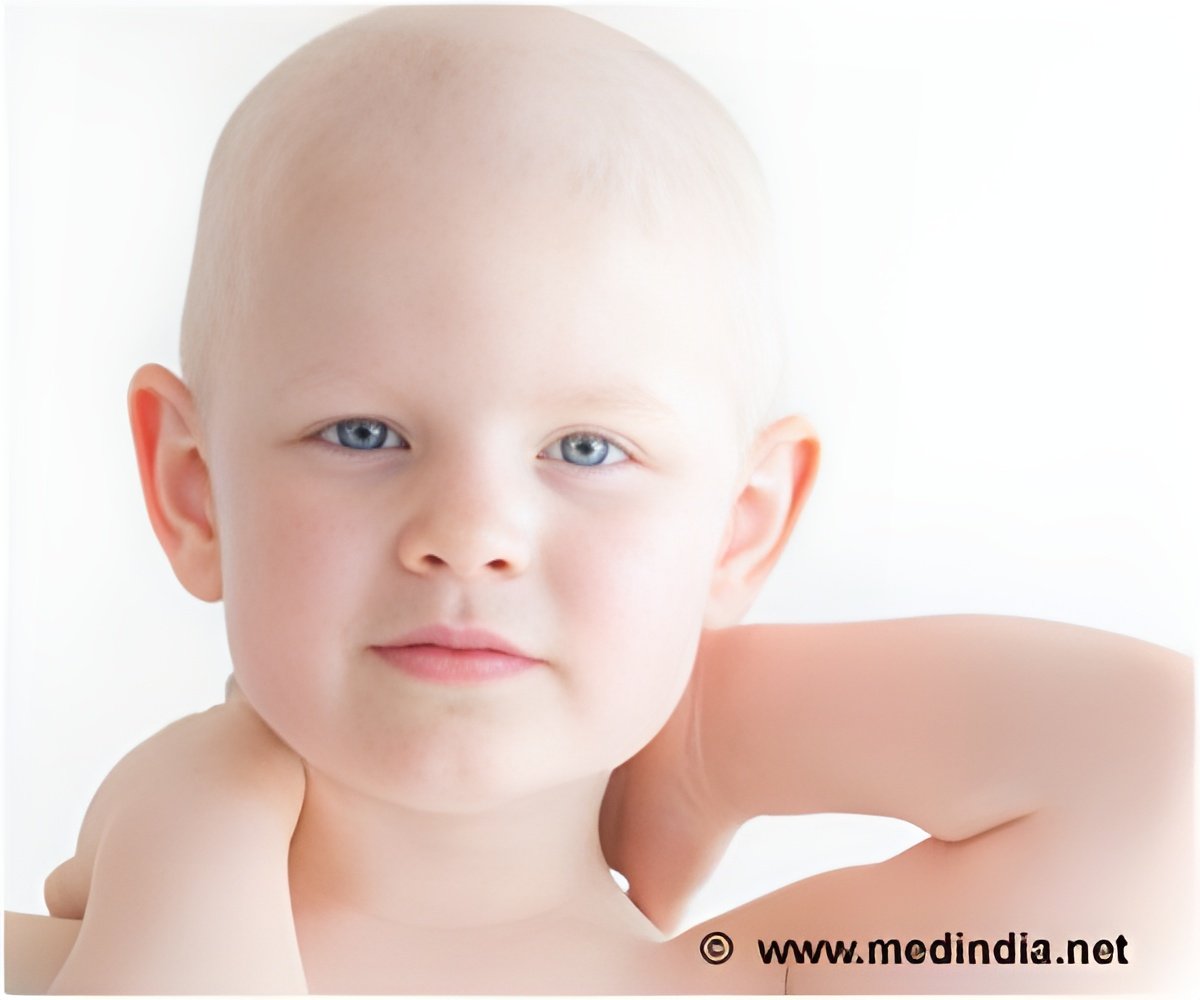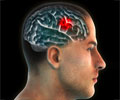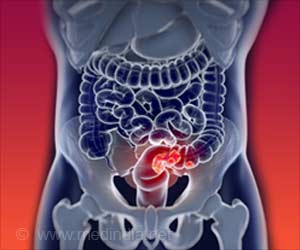Brain cancer is the deadliest form of childhood cancer, surpassing leukemia as treatment advances have allowed to cure many blood-related cancers.

TOP INSIGHT
The reduction in deaths from leukemia is due to the enormous strides that oncologists made in recent decades looking for the best means of using radiation and bone-marrow transplants as well as developing effective chemotherapy drugs.
"It had been leukemia for decades, but only recently has there been this switch," said lead researcher Sally Curtin, who is with the U.S. Centers for Disease Control and Prevention's National Center for Health Statistics (NCHS).
Deaths from childhood brain cancer are not rising, according to Curtin. Instead, the rate has remained stubbornly stable, while leukemia deaths keep declining, she explained.
According to Dr. Andrew Kung, "We've continued to cure a growing percentage of children with leukemia." Kung is chairman of pediatrics at Memorial Sloan Kettering Cancer Center in New York City. What's remarkable is, there have been advances every decade [since the 1970s]," said Kung, who was not involved in the study. "Now we're curing about 90 % of kids."
The continuing decline in deaths from leukemia, and childhood cancer overall, is partly related to the high participation of pediatric patients in clinical trials, he explained.
Like childhood cancers in general, pediatric brain tumors are thankfully rare. About 4,600 U.S. children and teenagers will be diagnosed with some form of brain cancer this year, according to the National Brain Tumor Society (NBTS).
Between 1999 and 2014, the overall cancer death rate among U.S. children and teenagers dropped from about 2.8 deaths per 100,000, to just under 2.3 per 100,000.
The statistics also show that in 2014, the death rate from cancer was 20% lower than in 1999 for all age groups between 1 and 19, for black and white children, and for boys and girls.
A noteworthy point is that black and white children have similar cancer survival rates. On the other hand, boys consistently had higher cancer death rates than girls, 30% higher in 2014.
"This is a combination of 'good' news and 'bad,'"Kung said. "We're seeing improvements, but they're not uniform. We're making progress, but we are in no way satisfied yet."
Other common sites of fatal childhood cancers included the bone and articular cartilage, thyroid and other endocrine glands and mesothelial and soft tissue. Combined with brain cancer and leukemia, these accounted for 81.6% of all childhood cancer deaths in 2014, the report said.
And survival is not the whole story when it comes to childhood cancer, Kung pointed out. Years later, survivors can develop health problems that are often related to their cancer treatment -- including infertility and other types of cancer.
Researchers need to keep refining treatment regimens to limit any negative effects on kids' long-term health.
Source-Medindia
 MEDINDIA
MEDINDIA




 Email
Email










